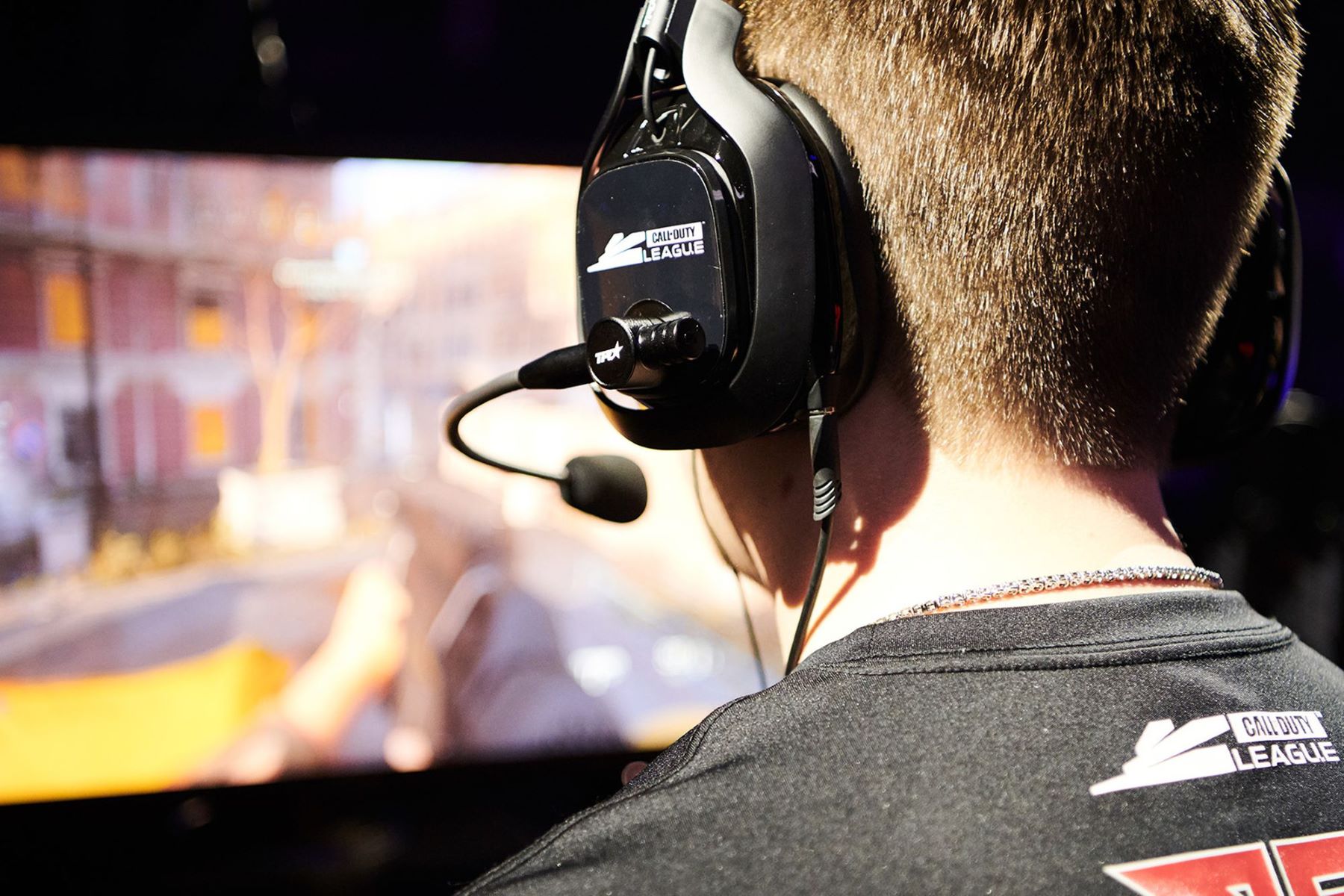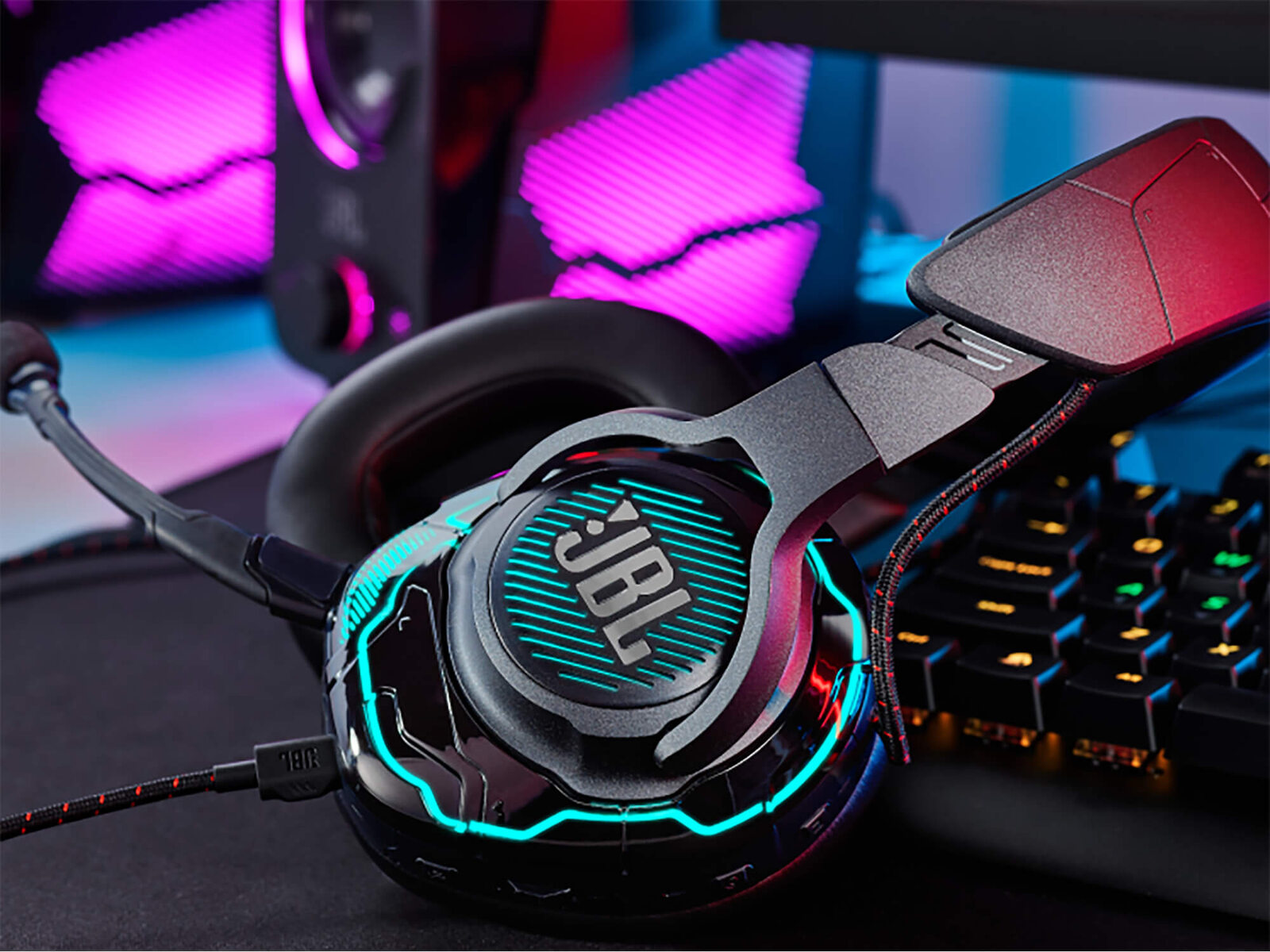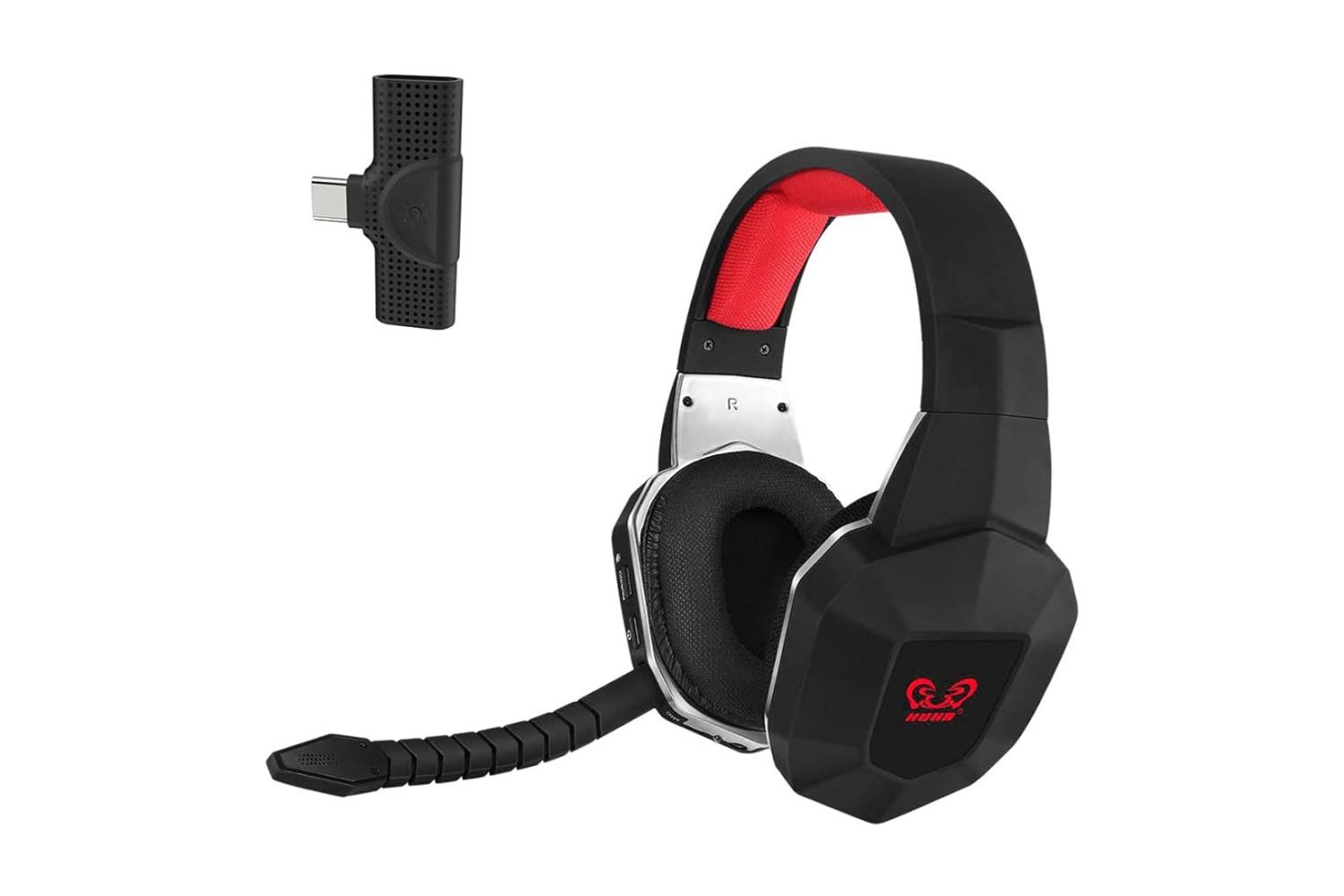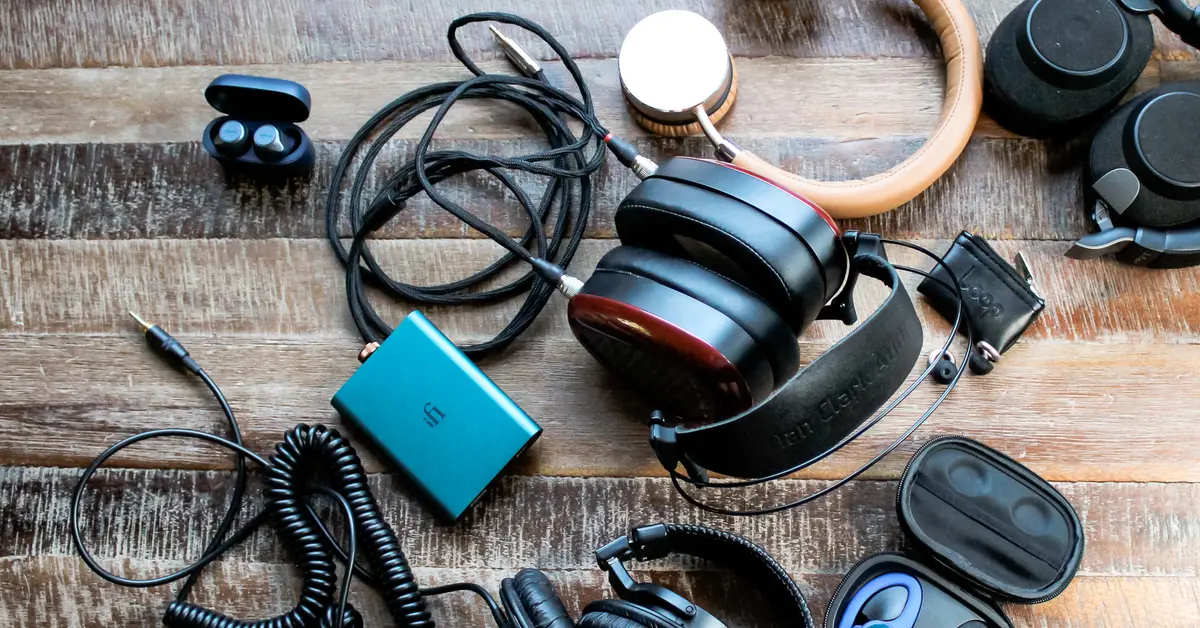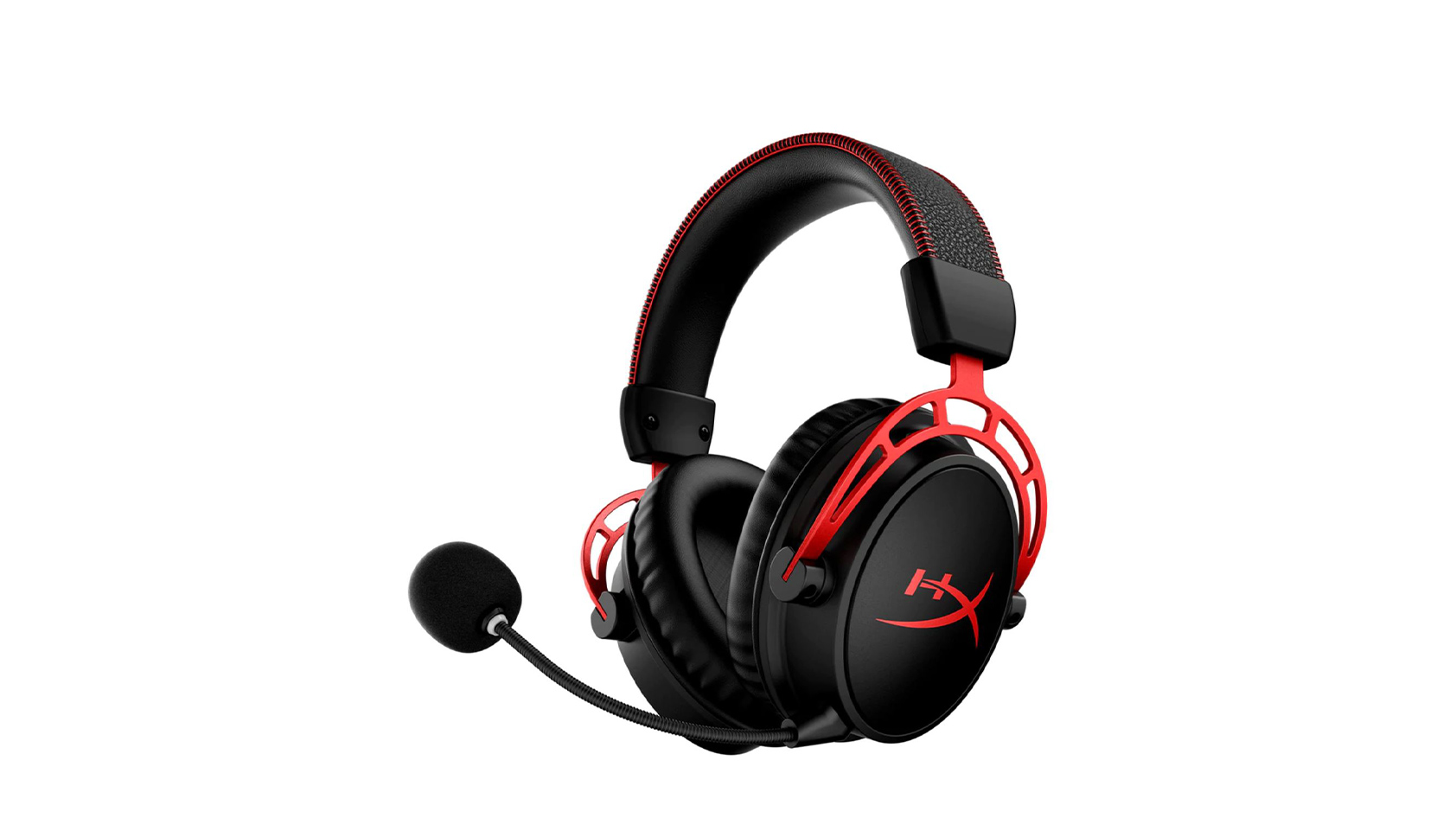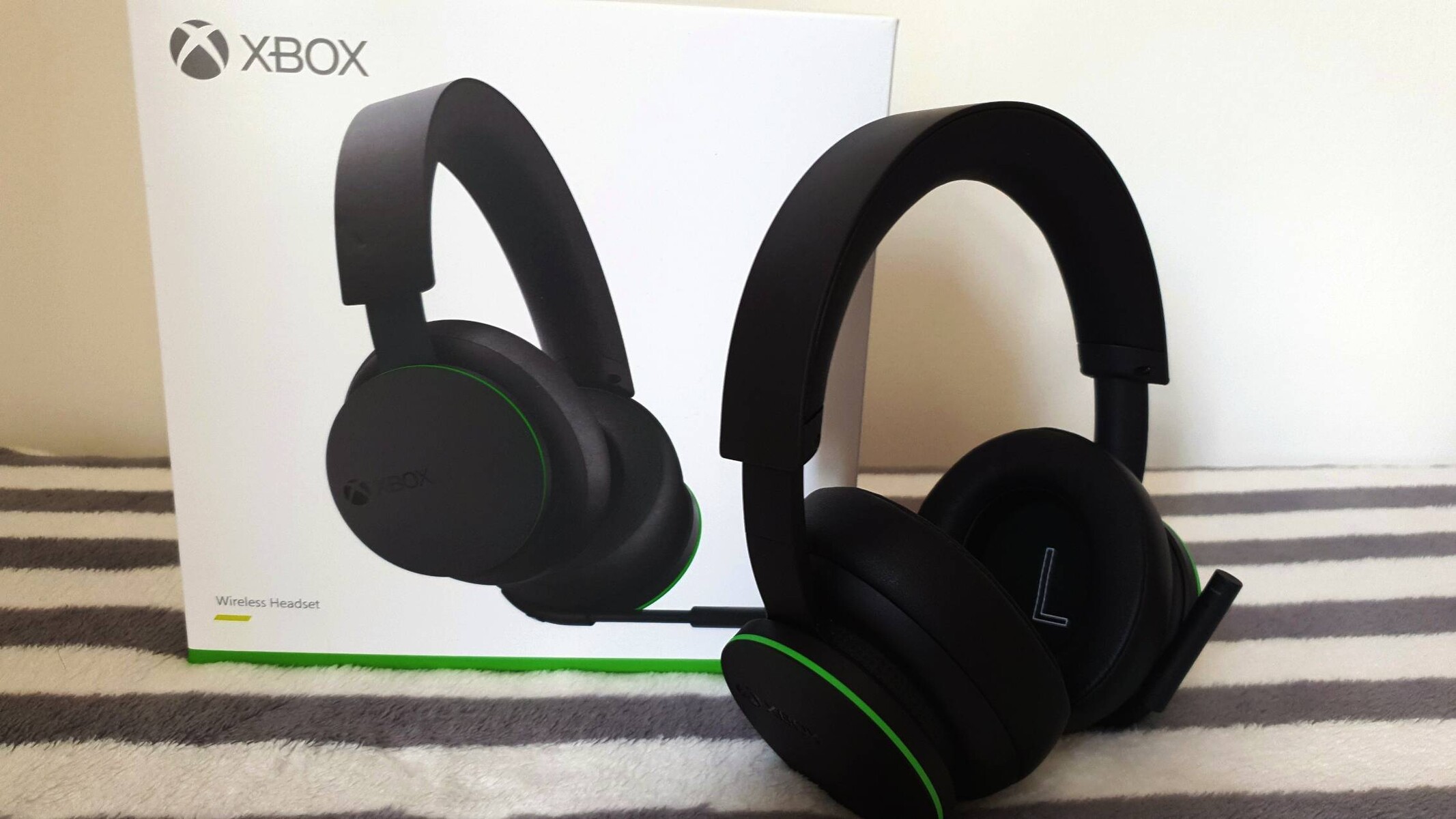Introduction
Understanding the Importance of a Gaming Headset for Hearing Footsteps
When it comes to competitive gaming, every advantage counts. The ability to hear subtle in-game sounds, such as footsteps, can often mean the difference between victory and defeat. This is where a high-quality gaming headset becomes an essential tool for serious gamers. Whether you’re navigating through a virtual battlefield or exploring a mysterious game world, the right headset can provide a significant edge by allowing you to pinpoint the location of approaching enemies or crucial environmental cues.
However, not all gaming headsets are created equal. To effectively hear footsteps and other important in-game audio cues, it’s crucial to understand the key features that contribute to superior sound quality, precise audio positioning, and overall comfort. In this guide, we will explore the essential factors to consider when choosing a gaming headset optimized for hearing footsteps, ensuring that you can make an informed decision that aligns with your gaming needs and preferences.
Open-back vs. Closed-back Headsets
When evaluating gaming headsets for the purpose of hearing footsteps and other subtle in-game sounds, one of the fundamental considerations is the design of the ear cups. Open-back and closed-back headsets represent two distinct approaches, each with its own set of advantages and limitations.
Open-back Headsets
Open-back headsets are characterized by ear cups with perforated outer shells, allowing air and sound to pass through. This design creates a more natural and spacious soundstage, resulting in a broader sense of audio depth. As a result, open-back headsets can deliver a more immersive and realistic audio experience, making it easier to discern subtle details such as distant footsteps or environmental ambiance. The open design also helps to prevent a “closed-in” feeling during extended gaming sessions, promoting better airflow and reducing heat buildup around the ears.
However, it’s important to note that open-back headsets tend to have less isolation from external noise. This means that while they excel in providing a wide and airy soundstage, they may not be ideal for gaming in noisy environments or situations where privacy is a concern.
Closed-back Headsets
In contrast, closed-back headsets feature solid ear cup enclosures that create a sealed environment around the ears. This design effectively blocks out external noise and prevents sound leakage, resulting in a more isolated listening experience. For gamers focusing on hearing subtle in-game details like footsteps, closed-back headsets can offer a more concentrated and direct sound delivery, enhancing the ability to pinpoint specific audio cues amidst surrounding distractions.
Additionally, closed-back headsets are often preferred in competitive gaming settings where communication is crucial. The isolation provided by the closed design helps to minimize external interference, allowing clear and uninterrupted communication with teammates through the headset’s microphone.
Ultimately, the choice between open-back and closed-back headsets depends on individual preferences, gaming environments, and the specific emphasis on hearing footsteps and other critical in-game sounds. By understanding the distinct characteristics of each design, gamers can make an informed decision that aligns with their gaming priorities.
Sound Quality and Frequency Response
When it comes to hearing footsteps and other subtle in-game sounds, the sound quality and frequency response of a gaming headset play a pivotal role in delivering a clear and detailed audio experience. The frequency response of a headset refers to its ability to reproduce a wide range of audio frequencies, with particular emphasis on the low and high ends of the spectrum, which are crucial for capturing the nuances of footsteps and environmental cues.
Low Frequencies and Bass Response
In the context of gaming, low frequencies are essential for capturing the deep rumble of distant footsteps or the reverberation of environmental effects. A headset with a well-defined low-frequency response can convey the weight and impact of in-game audio cues, enhancing the overall immersion and spatial awareness for the player. Whether it’s the subtle thud of an approaching foe or the distant echoes of a virtual environment, a robust bass response contributes to a more realistic and engaging auditory experience.
High Frequencies and Clarity
On the other end of the spectrum, high frequencies are crucial for capturing the delicate details of sound, such as the nuanced rustling of foliage or the faint shuffle of an opponent’s footsteps. A headset with a clear and extended high-frequency response can reveal these subtle audio cues with precision, allowing players to detect and localize important in-game events with accuracy. The ability to discern these high-frequency details can be a game-changer in competitive scenarios, providing a strategic advantage and heightened situational awareness.
Soundstage and Imaging
Beyond frequency response, the overall soundstage and imaging capabilities of a gaming headset significantly influence the perception of spatial audio. A wide and accurate soundstage can create a sense of depth and dimension, allowing players to pinpoint the direction and distance of in-game sounds, including footsteps, gunfire, and environmental effects. Furthermore, precise imaging ensures that audio cues are presented with spatial accuracy, enhancing the player’s ability to localize and react to specific in-game events effectively.
By prioritizing sound quality and frequency response, gamers can select a headset that excels in capturing the nuances of footsteps and other critical in-game sounds, enhancing their overall gaming experience and competitive edge.
Surround Sound and Audio Positioning
When it comes to detecting and accurately locating in-game footsteps, the implementation of surround sound technology and precise audio positioning becomes paramount. A gaming headset equipped with advanced surround sound capabilities can significantly enhance a player’s spatial awareness and ability to discern the direction and proximity of critical audio cues.
Virtual Surround Sound
Many modern gaming headsets leverage virtual surround sound technology to create a multi-dimensional audio environment. By simulating a 360-degree soundscape, virtual surround sound enables players to perceive audio cues from various directions, mimicking the immersive experience of a physical surround sound system. This technology is particularly effective in providing spatial context for footsteps, allowing players to distinguish between nearby and distant sounds and accurately pinpoint their origin within the game world.
Audio Positioning and HRTF
Accurate audio positioning is achieved through the integration of Head-Related Transfer Function (HRTF) algorithms, which simulate the way sound waves interact with the human anatomy to create spatial perception. By leveraging HRTF processing, gaming headsets can deliver precise audio localization, allowing players to discern the exact location and distance of in-game footsteps with remarkable accuracy. This level of audio positioning can be a game-changer in competitive gaming scenarios, providing a strategic advantage by enabling players to anticipate and react to approaching threats based on sound cues alone.
Customizable Audio Profiles
Some gaming headsets offer customizable audio profiles and equalization settings, allowing players to tailor the surround sound experience to their specific preferences and gaming environments. By fine-tuning the balance of frequencies and spatial cues, gamers can optimize the headset’s audio output to accentuate the details of footsteps and environmental sounds, further enhancing their ability to perceive and respond to in-game audio cues effectively.
By prioritizing surround sound technology and precise audio positioning, gamers can equip themselves with a headset that elevates their spatial awareness, enabling them to leverage the subtle nuances of in-game footsteps to gain a competitive edge in their gaming endeavors.
Comfort and Build Quality
While the auditory aspects of a gaming headset are crucial for hearing footsteps and critical in-game sounds, the overall comfort and build quality of the headset are equally important factors to consider. Gamers often spend extended periods wearing their headsets during intense gaming sessions, making comfort and durability essential for long-term usage without compromising performance.
Ergonomic Design and Padding
An ergonomic design with ample padding is essential for ensuring long-lasting comfort during extended gaming sessions. Headsets with adjustable headbands and plush ear cushions can alleviate pressure points and minimize fatigue, allowing gamers to stay focused and immersed in their gameplay without discomfort or distraction. Furthermore, breathable materials and lightweight construction contribute to overall comfort, especially in heated gaming environments where prolonged wear can lead to perspiration and discomfort.
Durable Construction
Build quality is a critical consideration, as a durable and resilient headset can withstand the rigors of regular use and maintain its performance over time. Reinforced headbands, sturdy hinges, and robust materials contribute to the overall durability of a gaming headset, ensuring that it remains reliable and functional through countless gaming sessions. Additionally, detachable or replaceable components, such as ear cushions and cables, can extend the lifespan of the headset and provide convenient maintenance options for users.
Noise Isolation and External Sound Dampening
Effective noise isolation and external sound dampening are essential for minimizing distractions and enhancing the immersion of in-game audio, including footsteps and environmental cues. Headsets with superior noise isolation capabilities can create a focused and immersive auditory environment, allowing players to concentrate on critical in-game sounds without interference from external noise. This feature is particularly valuable in competitive gaming scenarios where clear and undisturbed audio perception can make a substantial difference in performance.
By prioritizing comfort and build quality, gamers can invest in a headset that not only delivers exceptional audio performance for hearing footsteps but also ensures a comfortable and enduring gaming experience, enabling them to remain fully engaged and competitive throughout their gaming endeavors.
Microphone Quality
While the primary focus of a gaming headset may revolve around its audio output, the quality of the microphone is equally significant, especially in team-based multiplayer games where effective communication is essential. A high-quality microphone not only facilitates clear and articulate voice transmission but also contributes to a comprehensive gaming experience by enabling seamless interaction with teammates and opponents.
Clarity and Noise Cancellation
A quality gaming headset microphone should deliver clear and intelligible vocal reproduction, ensuring that transmitted voice communication remains crisp and comprehensible during gameplay. Effective noise cancellation features are crucial for minimizing background noise and ambient distractions, allowing the microphone to capture the user’s voice with clarity while filtering out unwanted environmental sounds. This is particularly important in competitive gaming environments where precise and uninterrupted communication can be a decisive factor in team coordination and strategic execution.
Adjustability and Positioning
Headsets with adjustable or flexible microphone booms provide users with the flexibility to position the microphone optimally, ensuring optimal voice capture and comfort during extended gaming sessions. The ability to adjust the microphone’s position allows users to customize their communication setup based on individual preferences and speaking dynamics, enhancing the overall convenience and effectiveness of in-game voice communication.
Integration with Voice Chat Platforms
Compatibility and integration with popular voice chat platforms and communication software are essential considerations for gaming headset microphones. Seamless integration with platforms such as Discord, TeamSpeak, or in-game voice chat systems ensures that the microphone functions reliably and optimally within the gaming ecosystem, allowing users to engage in clear and uninterrupted voice communication with teammates and fellow gamers.
By emphasizing microphone quality in their gaming headset selection, players can ensure that their voice communication remains clear, precise, and free from interference, fostering a cohesive and effective gaming experience that complements the auditory advantages of the headset’s audio output.
Conclusion
Choosing the right gaming headset to effectively hear footsteps and critical in-game sounds is a multifaceted decision that involves evaluating various key factors. From the design of the ear cups to the quality of the microphone, each aspect contributes to the overall auditory experience and competitive advantage for gamers.
Open-back and closed-back headsets offer distinct audio experiences, with open-back designs providing a spacious soundstage and closed-back designs offering enhanced isolation and direct sound delivery. Understanding the trade-offs between these designs allows gamers to align their choice with their specific gaming environments and preferences.
Sound quality and frequency response play a crucial role in capturing the nuances of footsteps and environmental cues, with low and high-frequency performance contributing to the immersive and detailed auditory experience. The implementation of surround sound technology and precise audio positioning further enhances spatial awareness, enabling players to pinpoint the direction and proximity of in-game sounds with accuracy.
Comfort and build quality are essential for sustained gaming sessions, ensuring that the headset remains comfortable and durable over extended periods. Effective noise isolation and external sound dampening contribute to an immersive auditory environment, minimizing distractions and enhancing the perception of critical in-game audio cues.
Finally, the quality of the microphone is pivotal for clear and articulate voice communication, facilitating seamless interaction with teammates and opponents in team-based multiplayer games. Clarity, noise cancellation, and adjustability are key considerations when evaluating the microphone component of a gaming headset.
By carefully considering these factors and prioritizing the features that align with their gaming preferences, players can select a gaming headset optimized for hearing footsteps and critical in-game sounds, providing them with a competitive edge and an immersive gaming experience that transcends mere audio output.









